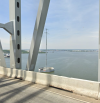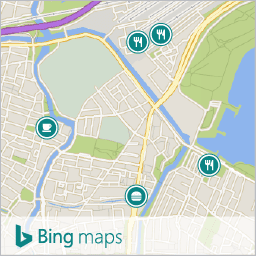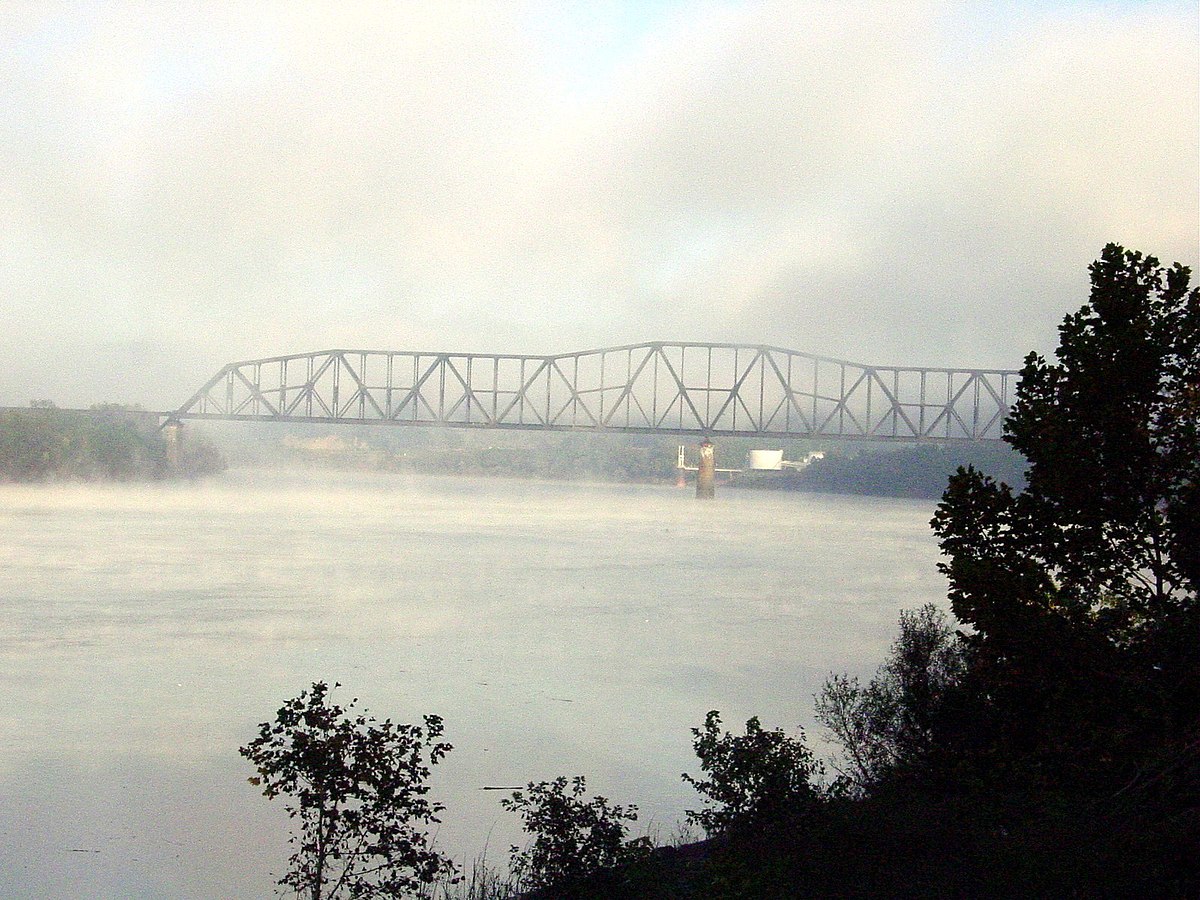Reports say that Baltimore is a major coal-exporting port, specifically to India for power generation.
There are doubts that the traffic can be rerouted elsewhere easily because other ports are at capacity.
The other major trade from Baltimore is cars and car parts.
So a lot depends on how quickly the port can reopen after the bridge wreckage is cleared.
Bridge engineers all agree there was no significant protection for the bridge piers, as there would be for a new design.
It looks like a new design will be needed, rather than a rapid rebuild of the truss design, and therefore on a long timescale.
Biden has already promised to fund a replacement bridge.
You'd think that there would be a huge insurance claim on the ship's owners/operators.
North America is full of these truss bridges, and yet there are few in the UK.
How is it we seem to have missed out on building this type of bridge?
We seem to have concentrated on suspension bridges (Humber, Forth, Severn etc).
Commentators say there are a huge number of strategic bridges and viaducts in the US that are in urgent need of repair or renewal.
Some background on the truss design:
https://en.wikipedia.org/wiki/Francis_Scott_Key_Bridge_ (Baltimore)

en.wikipedia.org





